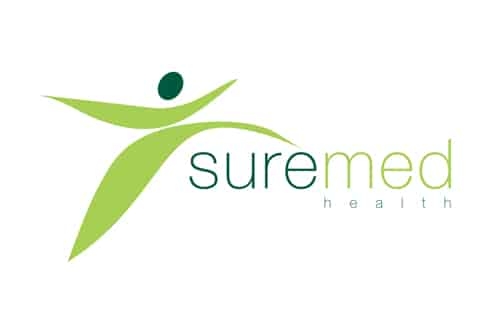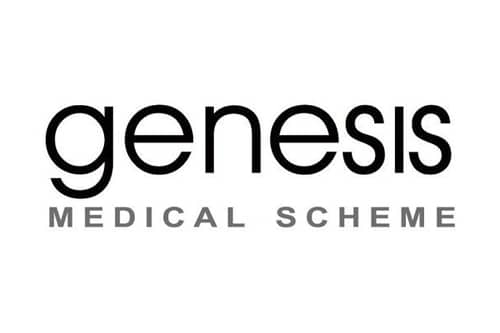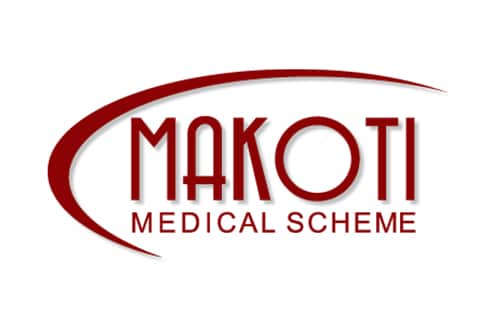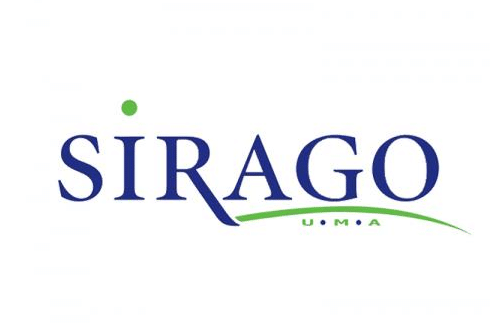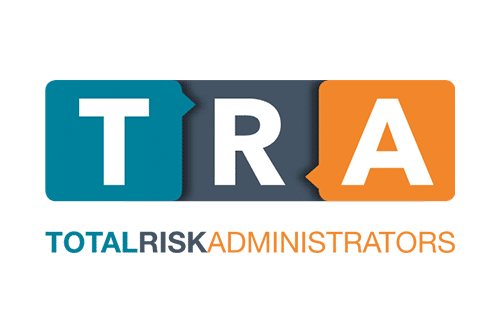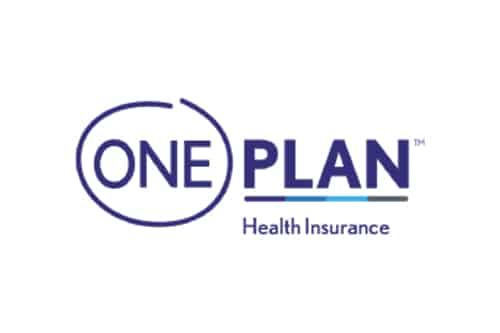LASIK surgery
Laser-Assisted In Situ Keratomileusis (LASIK) is a popular refractive eye surgery designed to correct vision problems, primarily nearsightedness (myopia), farsightedness (hyperopia), and astigmatism. LASIK has gained widespread recognition for its ability to reduce or eliminate the need for glasses or contact lenses. In this comprehensive overview, we will explore the indications for LASIK, the surgical technique, recovery, potential risks and complications, and the significance of LASIK in the field of ophthalmology. Additionally, three linked medical references will provide further insights into the topic.
Indications for LASIK:
LASIK is indicated for individuals with common refractive vision problems, including:
Nearsightedness (Myopia): LASIK can effectively correct nearsightedness, enabling individuals to see distant objects more clearly.
Farsightedness (Hyperopia): It is used to treat farsightedness, allowing individuals to focus on close-up objects without difficulty.
Astigmatism: LASIK can correct astigmatism, which results in distorted or blurred vision due to an irregularly shaped cornea.
Candidates for LASIK must meet specific criteria, including stable vision for at least one year, a certain level of refractive error, and adequate corneal thickness.
LASIK Procedure:
The LASIK procedure typically involves the following steps:
Preoperative Evaluation: Before the procedure, the patient undergoes a thorough eye examination to determine the degree of refractive error and to ensure they are a suitable candidate for LASIK.
Anesthesia: Topical anesthetic eye drops are administered to numb the surface of the eye, ensuring the patient’s comfort during the procedure.
Creation of Flap: A thin, protective flap is created on the cornea using a microkeratome or femtosecond laser. This flap is gently lifted to expose the underlying corneal tissue.
Reshaping the Cornea: An excimer laser is used to precisely remove and reshape corneal tissue according to the patient’s refractive error. The laser sculpts the cornea to correct nearsightedness, farsightedness, or astigmatism.
Flap Re-positioning: After reshaping, the corneal flap is carefully repositioned, acting as a natural bandage for the cornea. No sutures are needed.
Immediate Vision Improvement: In most cases, vision improvement is immediate, although it may continue to stabilize and improve over the following days.
Recovery:
Recovery after LASIK surgery typically involves the following aspects:
Immediate Post-Op Care: Following the procedure, patients are monitored in a recovery area for a short period. Protective eye shields may be provided.
Postoperative Medications: Patients are often prescribed medicated eye drops to reduce the risk of infection and promote healing.
Rest and Protective Measures: Patients are advised to rest and avoid activities that may put stress on the eyes, such as rubbing them. Protective eyewear may be recommended for specific situations.
Follow-Up Appointments: Patients have scheduled follow-up appointments to monitor their progress and ensure the eyes are healing properly.
Return to Normal Activities: Most patients can return to their daily activities, including work or school, within a few days. However, strenuous physical activities, swimming, and exposure to certain environments may need to be avoided during the initial recovery period.
Potential Risks and Complications:
While LASIK is generally a safe and effective procedure, potential risks and complications may include:
Dry Eyes: Temporary dryness of the eyes is common after LASIK but can be managed with lubricating eye drops.
Halos and Glare: Some patients may experience halos, glare, or double vision at night, although these symptoms usually improve over time.
Under-correction or Over-correction: In some cases, the intended correction may not be achieved initially, requiring enhancements or adjustments.
Regression: Over time, some patients may experience a gradual return of refractive error, necessitating additional procedures.
Infection: While rare, the risk of infection in the eyes exists, especially if postoperative care instructions are not followed.
Corneal Haze: Corneal haze is a clouding of the cornea that can occur in some cases but is rare with modern LASIK techniques.
Flap Complications: Complications related to the corneal flap, such as displacement or wrinkling, are uncommon but possible.
Persistent Vision Issues: A small percentage of patients may experience persistent vision issues, including glare or decreased night vision.
Significance of LASIK:
LASIK holds significant importance in the field of ophthalmology and for individuals seeking vision correction for several reasons:
Vision Improvement: LASIK provides rapid and effective vision improvement, reducing or eliminating the need for glasses or contact lenses.
Precise and Customizable: LASIK is highly precise and customizable, allowing for individualized treatment plans based on each patient’s unique refractive error.
Quick Recovery: The recovery period is relatively short, with most patients experiencing improved vision within a day or two.
High Patient Satisfaction: LASIK has a high rate of patient satisfaction, with the majority of individuals experiencing improved vision and quality of life.
Technological Advancements: Ongoing technological advancements in LASIK techniques and equipment continue to enhance safety and outcomes.
Medical References:
Solomon, K. D., Fernandez de Castro, L. E., Sandoval, H. P., et al. (2009). LASIK world literature review: Quality of life and patient satisfaction. Ophthalmology, 116(4), 691-701. https://pubmed.ncbi.nlm.nih.gov/19344868/
Shortt, A. J., & Allan, B. D. (2006). Photorefractive keratectomy (PRK) versus laser-assisted in-situ keratomileusis (LASIK) for myopia. Cochrane Database of Systematic Reviews, 2006(2), CD005135. https://pubmed.ncbi.nlm.nih.gov/16625595/
Waring, G. O., Rocha, K. M., & Lynn, M. J. (2011). Surgically induced astigmatism after LASIK with 3 femtosecond laser systems and mechanical microkeratomes. Journal of Refractive Surgery, 27(1), 34-41. https://pubmed.ncbi.nlm.nih.gov/20684457/
These medical references offer further insights into LASIK surgery, covering topics such as quality of life and patient satisfaction after LASIK, comparisons between LASIK and photorefractive keratectomy (PRK), and outcomes related to surgically induced astigmatism. They provide valuable information for healthcare professionals and individuals considering this vision correction procedure








